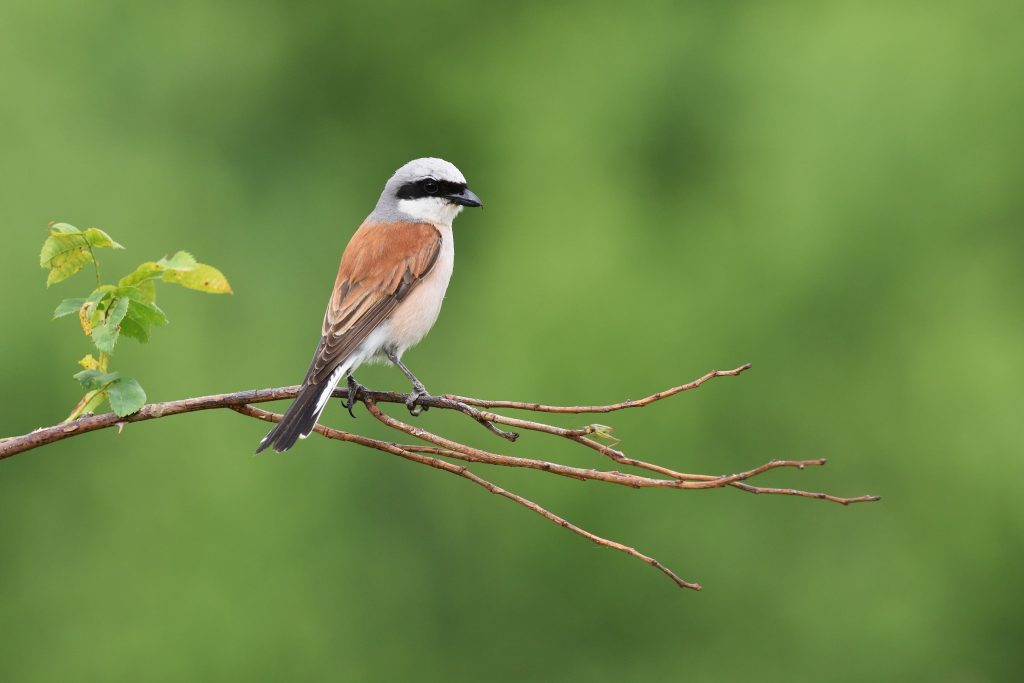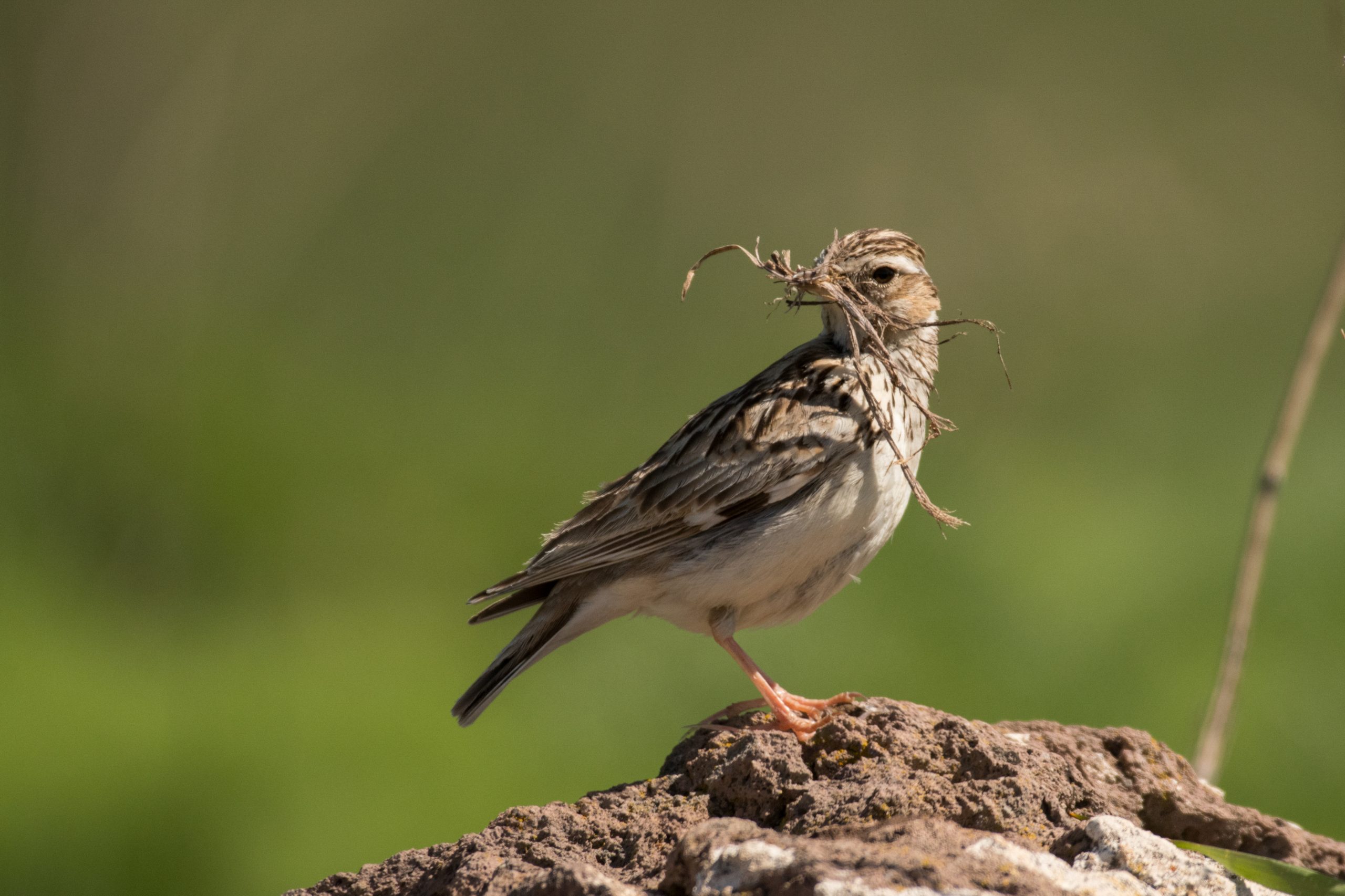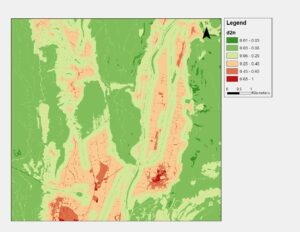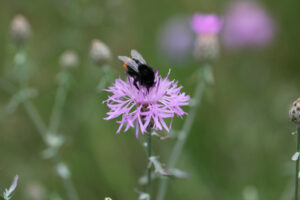Project description and objectives
Bird species that are bound to extensive meadows and pastures are particularly endangered worldwide, and so also in South Tyrol. In order to protect them in the best possible way, we need standardized data regarding their distribution and population development. In parallel, tangible measures are needed to preserve and promote their habitats.
In order to achieve these goals, an initiative consisting of the Office for Nature of the Province of Bolzano-South Tyrol and the Institute for Alpine Environment (Eurac Research) started in 2020, cooperating with other experts. In a first step, numerous distribution data were collected, which will serve as basis for a standardized long-term monitoring. In addition, concrete guidelines for adapted land use are being developed as a result of these surveys.
Since 2021, this initiative has increasingly involved passionate ornithologists, who also collect data in the form of a Citizen Science project, and thus contribute to the data collection of Eurac Research and the province. Only the participation of volunteers enables us to investigate areas that could not be covered by the previous surveys. Already in the first survey year, volunteers collected a total of 908 individual data from 65 species, covering most of the target species. For example, the Red-backed Shrike was sighted in Lüsen and Villanders and the Whinchat in Toblach and Tiers. The data are entered into the Nature Museum database and are available to both nature conservation and science.
Methods
Primary target species of the surveys are the following: Red-backed Shrike (Lanius collurio), Barred Warbler (Sylvia nisoria), Corncrake (Crex crex), Nightjar (Caprimulgus europaeus), Ortolan (Emberiza hortulana), Wood Lark (Lullula arborea), Yellowhammer (Emberiza citrinella), Cirl Bunting (Emberiza cirlus), Whinchat (Saxicola rubetra), Stonechat (Saxicola torquatus =rubicola), Tree Pipit (Anthus trivialis), Skylark (Alauda arvensis), Quail (Coturnix coturnix). All these bird species are bound to extensive meadows and pastures as habitat and breed on the ground, or near the ground.
The participating ornithologists conduct the surveys between sunrise and 11 a.m. for 10 minutes at a time. At least 2 surveys are conducted at each survey point. At least 15 days must elapse between each date. The first survey is conducted between May 15 and June 15. The second or final survey is conducted between June 15 and July 15. The areas surveyed are close to where the volunteers live, or represent areas that the volunteers know very well or visit very often.
Contact
Contact person for further information is Matteo Anderle Matteo.Anderle@eurac.edu

Red-backed shrike (Lanius Collurio) 
Whinchat (Saxicola rubetra)



